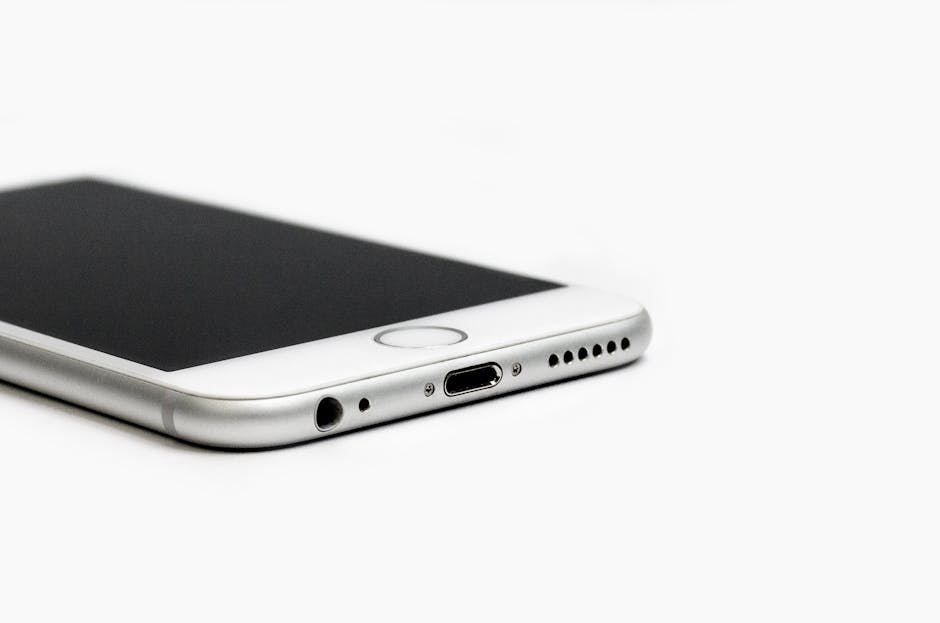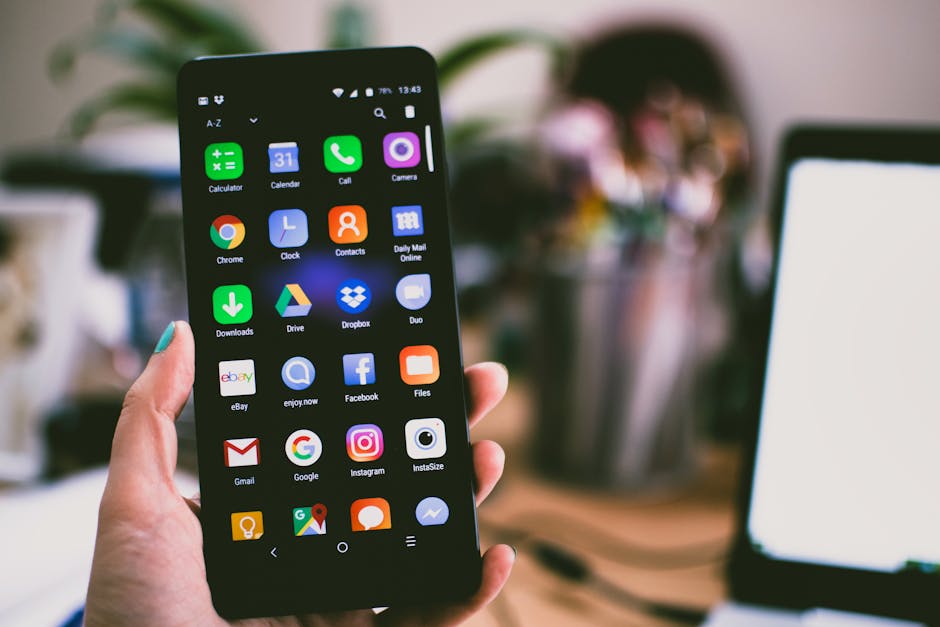Have you ever wondered who you might have blocked on your iPhone? Perhaps you’re trying to remember if you blocked a specific number, or maybe you just want to review your blocked list for security purposes. Finding your blocked numbers list on your iPhone is a simple process, but it can be tricky if you don’t know where to look. This guide will walk you through each step, ensuring you can easily manage your blocked contacts and phone numbers.
Accessing Your Blocked Contacts List on iPhone
The primary method for viewing blocked numbers on your iPhone is through the Settings app. This centralized location houses all your iPhone’s preferences, including the list of numbers you’ve chosen to block. It’s the most straightforward and reliable way to manage your blocked contacts.
Navigating to the Phone Settings
First, unlock your iPhone and locate the “Settings” app. It’s usually represented by a gray gear icon. Tap the icon to open the Settings menu. Scroll down until you find the “Phone” option. Tap “Phone” to access the phone-specific settings.
Locating the Blocked Contacts Section
Within the “Phone” settings, scroll down until you see the “Blocked Contacts” option. This section specifically lists all the phone numbers and contacts you have previously blocked from calling or texting you. Tap “Blocked Contacts” to view the complete list.
Understanding the Blocked Numbers List
Once you’ve accessed the “Blocked Contacts” list, you’ll see a clear and concise display of all the numbers and contacts you’ve blocked. Each entry represents a phone number or contact that can no longer reach you via phone calls, FaceTime calls, or text messages.
Identifying Blocked Numbers and Contacts
The list will display the names of blocked contacts if they are saved in your address book. If you blocked a number that isn’t saved as a contact, it will appear as just the phone number. This allows you to easily identify both known and unknown numbers you’ve blocked.
Removing Numbers from the Blocked List
To unblock a number, simply tap the “Edit” button in the top-right corner of the “Blocked Contacts” screen. A red circle with a white minus sign will appear next to each blocked number or contact. Tap the red circle next to the number you want to unblock, then tap the “Unblock” button that appears. The number will be removed from the list and will be able to contact you again.
Alternative Methods to Check for Blocked Numbers
While the Settings app is the most direct way to check your blocked numbers, there are a couple of indirect methods that can help you determine if you’ve blocked a specific number. These methods are less definitive but can provide clues.
Checking Voicemail
If you suspect you’ve blocked a number, check your voicemail. Blocked numbers typically can’t leave voicemails. If you don’t see any voicemails from the suspected number, it could be an indication that the number is blocked. However, this isn’t foolproof, as the person may have simply not left a message.
Examining Message Threads
Look through your Messages app for any previous conversations with the number in question. If you see a conversation thread but haven’t received any recent messages, it could be because you’ve blocked the number. Keep in mind that the person may have simply stopped contacting you for other reasons.
Managing Blocked Numbers for Enhanced Security
Regularly reviewing and managing your blocked numbers list is a good practice for maintaining your privacy and security. It allows you to ensure that you’re only blocking the numbers you intend to block and that no unwanted contacts are able to reach you.
Adding New Numbers to the Blocked List
You can easily add new numbers to your blocked list directly from the Phone app or the Messages app.
From the Phone App: Open the Phone app, tap the “Recents” tab, find the number you want to block, tap the “i” icon next to the number, scroll down, and tap “Block this Caller.” From the Messages App: Open the Messages app, open the conversation with the number you want to block, tap the contact icon at the top of the screen, tap “Info,” scroll down, and tap “Block this Caller.”
Best Practices for Blocking Numbers
Consider these best practices when managing your blocked numbers:
Block Spam and Scam Numbers: Immediately block any numbers that you suspect are associated with spam calls or scams. Regularly Review Your List: Periodically review your blocked list to ensure that you haven’t accidentally blocked any important contacts. Be Cautious When Blocking Unknown Numbers: If you’re unsure about blocking a number, consider letting it go to voicemail first to see if the caller leaves a message. Consider Third-Party Apps: Explore third-party apps that offer advanced call blocking and spam filtering features for additional protection.
Troubleshooting Common Issues
Sometimes, you might encounter issues when trying to find or manage your blocked numbers. Here are some common problems and their solutions:
Blocked List Appears Empty
If your blocked list appears empty even though you know you’ve blocked numbers, try restarting your iPhone. This can often resolve minor software glitches. Also, ensure you’re running the latest version of iOS, as updates often include bug fixes.
Unable to Block a Number
If you’re unable to block a number, make sure the number is correctly formatted (e.g., with the correct country code if applicable). Also, check if you’ve reached any limits on the number of contacts you can block (though this is unlikely).
Accidentally Unblocked a Number
If you accidentally unblocked a number, you can easily re-block it by following the steps outlined above for adding a new number to the blocked list.
By following these steps and troubleshooting tips, you can effectively find and manage your blocked numbers on your iPhone, ensuring a more secure and private mobile experience. Regularly reviewing your blocked list is crucial for maintaining control over who can contact you. Take the time to manage your blocked contacts today and enjoy a cleaner, more focused communication experience.






